Wednesday May 7, 2025
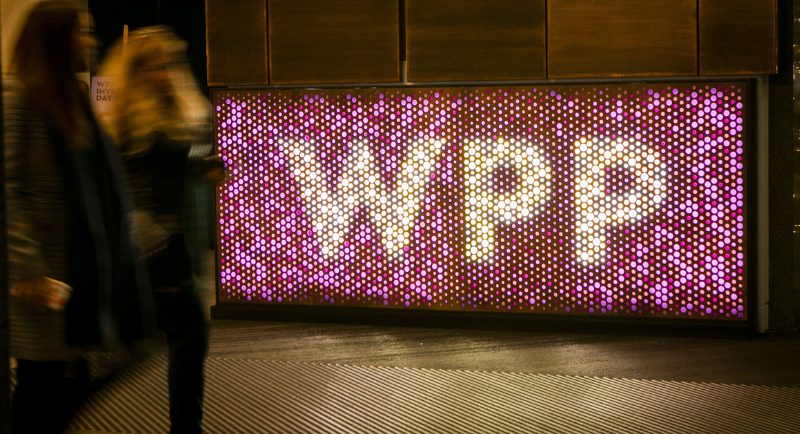
WPP reportedly set to retire GroupM brand in global media restructure
WPP is reportedly planning to retire the GroupM brand as part of an ongoing global media restructure led by GroupM global chief executive Brian Lesser, according to a report by several outlets.
Reports suggest that WPP’s media arm will be rebranded as “WPP Media,” with the change expected to occur before the northern hemisphere summer.
This follows what WPP CEO Mark Read described in the company’s annual report as a “year of transition” under Lesser, who joined in September 2024.
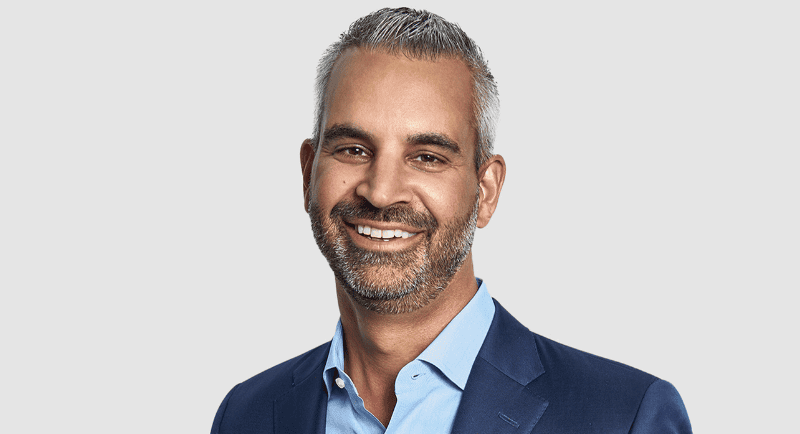
Brian Lesser
According to several sources, Lesser told US staff earlier today there will be changes including some layoffs in an internal memo.
He acknowledged the company will be “moving to a single operating model that brings the best of GroupM to our clients, with one voice in the market, and more opportunity for our people.”
The memo highlighted this will require “difficult decisions” to “improve team structure” and “reduce overlap,” and he noted these changes will “affect some roles”.
Mediaweek understands there will be very limited impact to the Australian market.
During WPP’s 2024 annual results presentation in January, Lesser had stated, “We know that we have to be simpler and there is more work to do.” He added, “We are further simplifying our structure to become a unified company with one voice to clients and partners.”
GroupM, reportedly the world’s largest media buyer with approximately 40,000 staff globally, remains a significant revenue driver for WPP.
The reported rebranding of GroupM to WPP Media appears to be part of a broader strategy to streamline operations and present a unified front to clients and partners.
A spokesperson for GroupM in Australia told Mediaweek, “We don’t comment on speculation.”
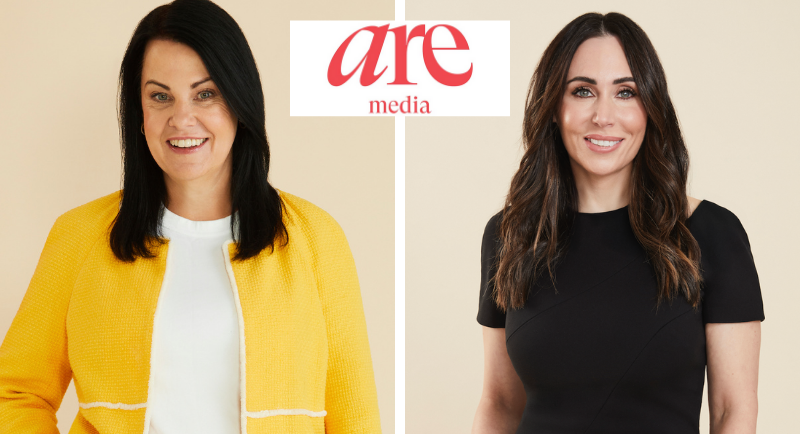
‘Transformational’: Are Media celebrates new chapter with Dotdash Meredith strategic partnership
Are Media has announced a new strategic partnership with Dotdash Meredith, labelled as a ‘transformational moment’, by CEO Jane Huxley.
Dotdash Meredith (DDM) is the largest digital and print publisher in the US, known for its portfolio of brands spanning lifestyle, food, health, finance, and entertainment. Brands include PEOPLE, Better Homes & Gardens, Allrecipes, REAL SIMPLE and Investopedia.
Are Media says the new partnership effectively doubles its digital footprint, expanding its monthly online audience to 10.4 million*, in addition to its 6 million** strong print readership. This would position Are Media as Australia’s leading women’s lifestyle network, a milestone moment for Huxley, who views the partnership as a game-changer for one clear reason.
“Scale, scale, scale,” she tells Mediaweek. “What this partnership does for Are Media is give us unprecedented scale in the verticals and audiences that we care about the most.”
“When you look at the DDM portfolio, it’s very similar to the digital business we run here; the homes vertical, the entertainment vertical, the luxury vertical, the lifestyle vertical. It’s what we have already – premium brands with a trusted, authoritative position in Australia with our consumers – but it gives us enormous scale to present the largest possible premium audience numbers to our clients.”
‘Number one women’s lifestyle publisher’
Huxley is clear about what success from the partnership looks like over the next 12 months: a seat at the table with some of media’s biggest players and deep integration into media plans and securing upfront commitments from key clients.
“Google’s sitting there, Facebook’s sitting there, Are Media’s sitting there and Snapchat’s sitting there,” she says with conviction, signalling the company’s ambition to stand shoulder-to-shoulder with the industry’s biggest digital players.
Anna Quinn, Are Media’s, new Director of Sales, agrees this deal should change the way agencies view the business which publishes New Idea, Australian Women’s Weekly and Woman’s Day. “This makes us outright – no questions asked – the number one women’s lifestyle publisher in this market, and that’s just fantastic,” she says.
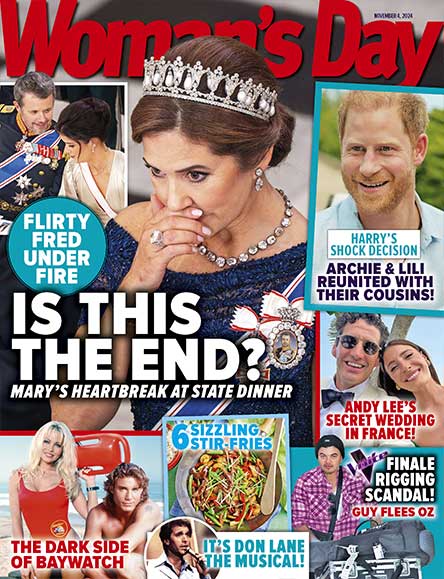
Woman’s Day cover
No plans to localise content
While the DDM partnership won’t alter the consumer-facing experience – and there are no plans to localise content specifically for Australia – it should significantly impact the commercial side of the business, unlocking new scale, inventory, and data capabilities for advertisers across Are Media’s premium environments.
“A lot of strength for DDM lies in their organic search capabilities,” says Huxley. “So, let’s just say you’re searching for a particular recipe, it’s very likely that allrecipes.com will come up in the top three search positions. Why? Because Meredith have built a competence in SEO off the back of their scale, their global brands, and content excellence in that category.”
She adds, “It just means that we’ve got a lot more scale to deliver out campaigns from a consumer perspective. Customers are still gravitating towards the brands they love, they’re still searching for the things that they care about, but from a back-end client perspective, they’re all aggregated together, giving us that reach and scale.”
Moving beyond legacy perception
For Quinn, who joined the business in March 2025, after a 25-year career working at major media businesses including Nine, Hogarth and ACP Magazines, this new deal should mark an acknowledgment that Are Media can shake off it’s legacy media reputation with media buyers.
“I think Mamamia has done an incredible job of spruiking its business, and absolutely all credit to them, but we’ve been a little bit more humble and a little bit quieter. This is now our opportunity to make some noise, to show our scale, and to go and get on those briefs,” she says.
The team is embarking on an education blitz to make sure planners and buyers understand this new phase of the company.
“It really is a new era,” says Quinn. “And the whole team is excited to get out there and put our best foot forward.”
The data advantage
In addition, this partnership goes beyond inventory and content. Via Google Ad Manager (GAM), Are Media can now access Dotdash Meredith’s rich behavioral and audience segments to power more effective campaigns. While first-party data remains with the originating publisher, the insight and access are transformative.
“It will help us to rise the tide on what we’ve been doing up until now,” Huxley notes.
The partnership, six months in the making, followed a formal RFP process. Are Media credits its success not only to its premium brands but also to its ready-to-go sales team. “We are already in the market. We already have these verticals. That was a key reason they chose us,” she says.
More tools, more opportunities
Crucially, for Huxley and Quinn, it’s important that the company does not pivot away from print and this digital deal is seen as an acceleration of Are Media’s omnichannel strategy, adding digital firepower to the trusted print brands that remain core to the business.
“It doesn’t change anything other than the rocket fuel,” says Huxley.
The DDM relationship dovetails neatly with Are Media’s premium short-form video strategy and opens doors to new campaign formats. “It gives us so many more things in the toolkit,” says Quinn. “It’s a fantastic set of assets.”
The road ahead
As the DDM partnership takes shape, Are Media’s success will depend not just on reach, but on how effectively it can convert scale into sustained commercial relevance in a market increasingly defined by data-driven performance, platform dominance, and global competition
“It feels like a transformational moment for us,” says Huxley. “This is adding scale to all of the goodness that we’ve been doing for the last few years, and to have somebody of Anna’s calibre come and join the organisation, feels like it’s new days for us. Internally that gives a real sense of optimism and momentum to our business.”
Source: *Ipsos iris Online Audience Measurement Service, Mar 2024 to Feb 2025, P14+, combined Are Media
and Dotdash Meredith average audience 10.4 million.
**Roy Morgan Single Source December 2024
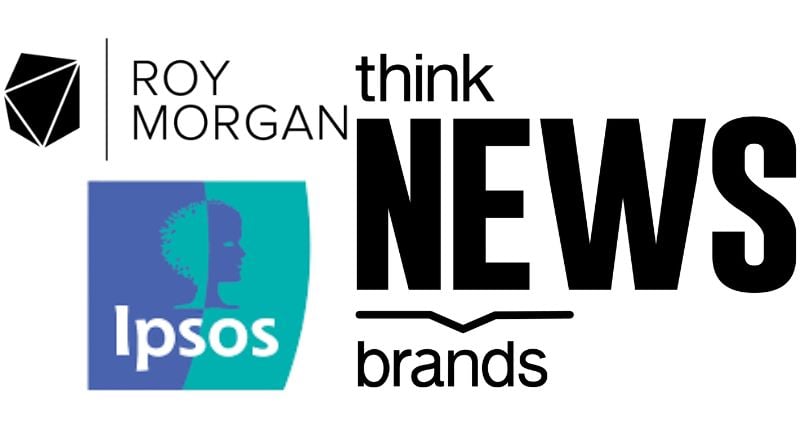
ThinkNewsBrands, Roy Morgan and Ipsos join forces to streamline news audience data
In a major step toward streamlining audience measurement in Australian publishing, ThinkNewsBrands has announced a landmark integration between Roy Morgan’s Single Source and Ipsos iris, the industry-standard for digital news audiences.
One trusted source, two powerhouses
Effective May 19, digital audience data for Total News Publishing, previously sourced by Roy Morgan, will now be derived from Ipsos iris, bringing a unified dataset to both Roy Morgan Single Source and Ipsos iris subscribers.
The integrated data will be known as Roy Morgan iris.
This alignment allows advertisers, media agencies and publishers to access de-duplicated, cross-platform readership figures for digital and print audiences through one trusted, consistent measurement source.
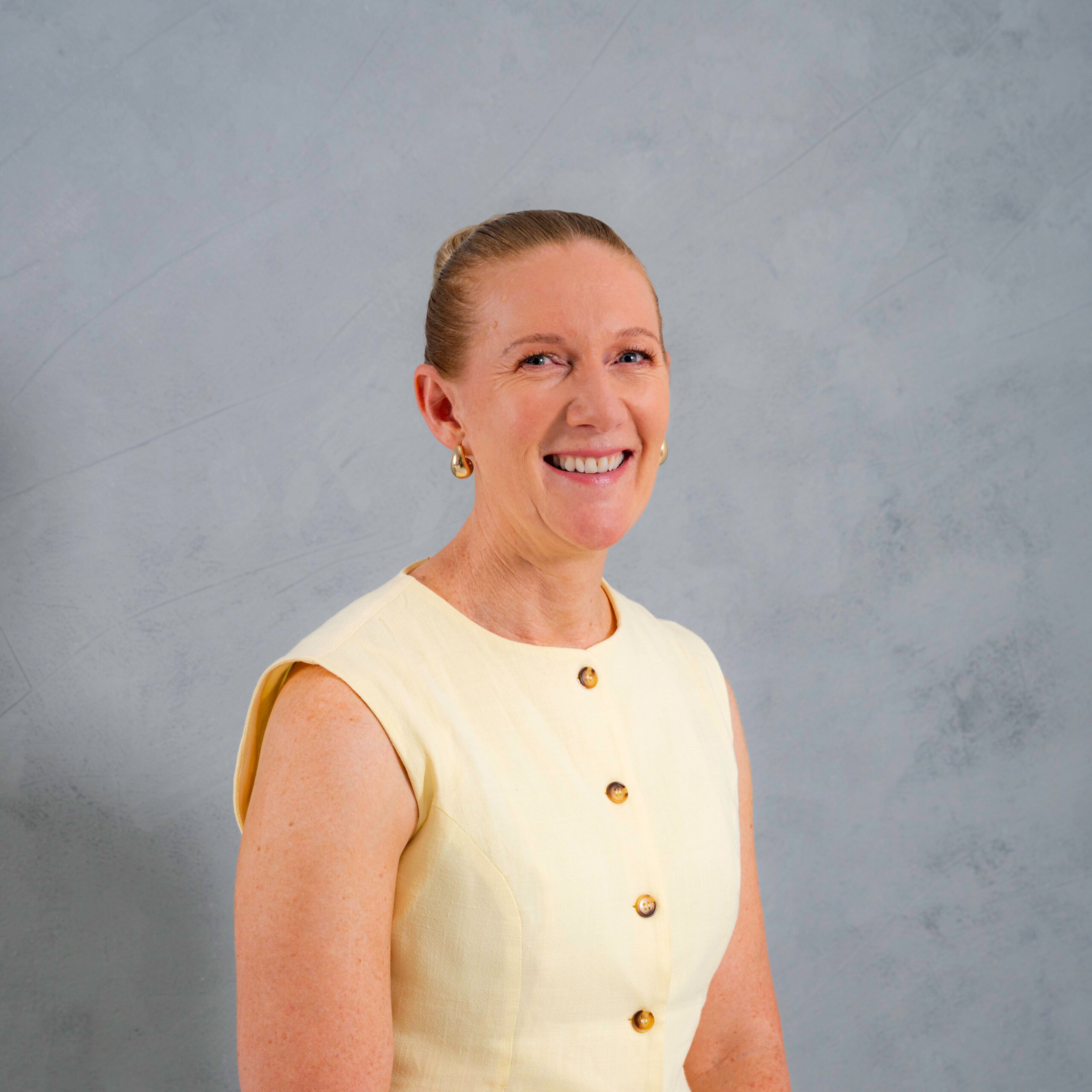
ThinkNewsBrands CEO Vanessa Lyons
Simplifying the sell for advertisers and media buyers
ThinkNewsBrands CEO Vanessa Lyons framed the move as a win for industry clarity: “The move to a common digital news publishing source aims to reduce media planning complexity and confusion for the industry.”
By combining Ipsos iris’s digital measurement with Roy Morgan’s deep behavioural and attitudinal insights, media buyers can now work from a single audience narrative, regardless of their platform of choice.
Market dynamics and year-on-year trends made easier
From now on, year-on-year comparisons, audience profiling and multi-format reach for Total News Publishing will be easier to access via Roy Morgan’s widely used systems.
The consistency will help sharpen campaign planning, reporting, and investment decisions in an increasingly data-driven market.
The integration follows two years of collaboration across the three measurement providers, with data independently audited by Milton Data for accuracy and transparency.
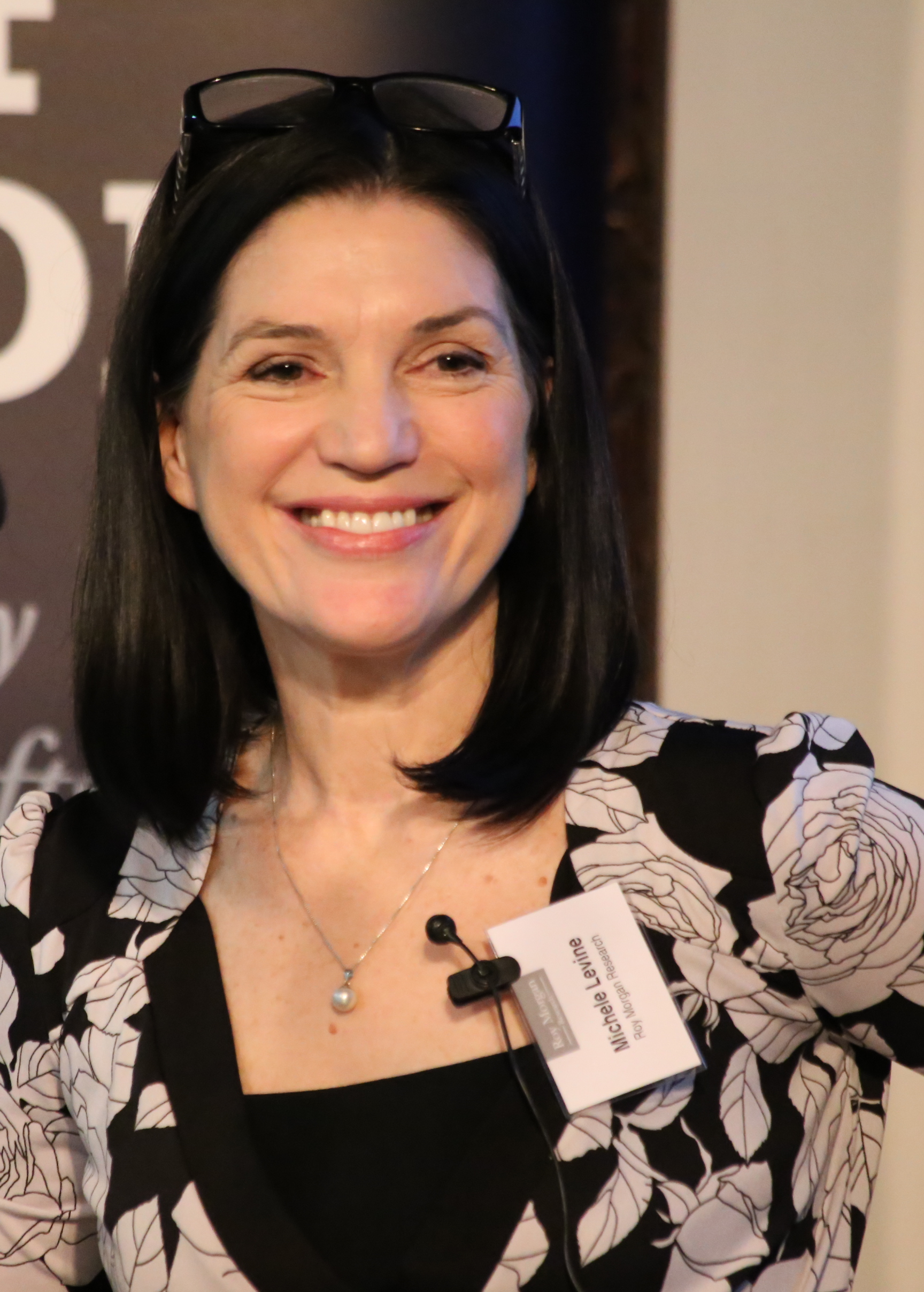
Roy Morgan CEO Michele Levine
Industry leaders weigh in
Roy Morgan CEO Michele Levine said the partnership underscores a joint commitment to precision: “All parties worked rigorously together to ensure the seamless integration of sources, and that the resulting data is precise and reliable.”
Ipsos Australia CEO Simon Wake echoed the sentiment, calling the integration a “very rewarding” process: “We’re glad to provide our data and be part of a partnership that provides greater value to the media industry.”
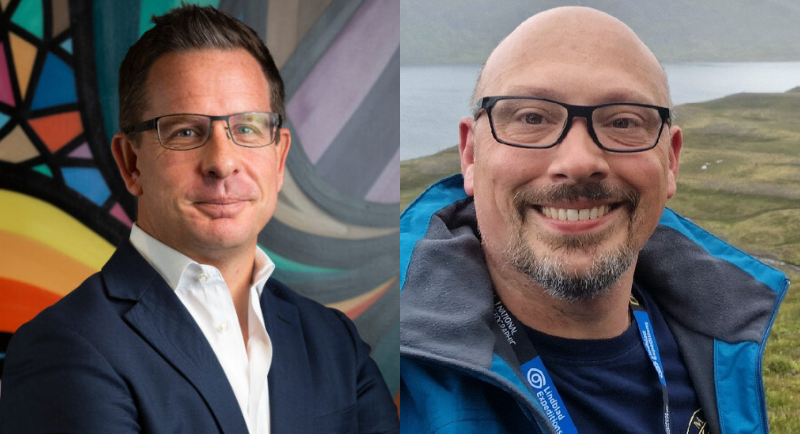
Meta leaders call out ‘misleading commentary’ that AI is replacing agencies
Meta leaders Will Easton, Managing Director of Meta – Australia and New Zealand, and Alex Schultz, CMO & VP, Analytics at Meta, have called out ‘misleading commentary’ that suggests the creative agencies will be replaced by AI.
Both have taken to LinkedIn with the shared sentiment that the future of agencies will continue to be an important partner to the tech giant.
Meta CEO and chairman Mark Zuckerberg said in a recent interview with Stratechery, as reported by PPC, that Meta aims to automate the entire advertising process from end to end.
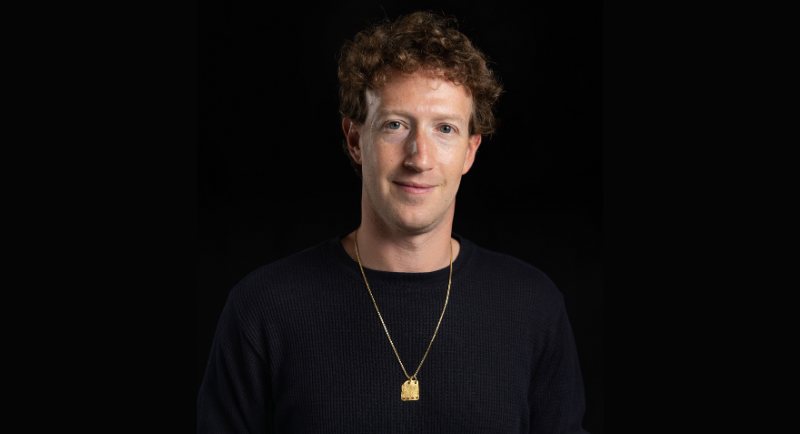
Mark Zuckerberg
Zuckerberg said: “You’re a business, you come to us, you tell us what your objective is, you connect to your bank account, you don’t need any creative, you don’t need any targeting demographic, you don’t need any measurement, except to be able to read the results that we spit out.”
While he did acknowledge that creatively, businesses “have a sense of what their message is or what their video is or their image, and that’s pretty hard to produce”, he pointed out that Meta can “just make it for them”.
While Zuckerberg’s comments ruffled feathers across the industry both Easton and Schultz said that creative agencies are still very much partners to Meta.
“We believe in the future of agencies. And clearly, I checked with Zuck that I was interpreting his comments correctly before posting this. The role of creativity is more important than ever,” said Schultz.
He said the tech giant considers creative the new targeting. “So many marketers I hear from spend much of their day on non-core tasks that take away from creativity. We believe AI will enable agencies and advertisers to focus precious time and resources on the creativity that matters. And we’re seeing agencies using AI in a way that is aligned with this vision already.”
“At the same time, millions of small businesses rely upon our platforms to grow. For these businesses who aren’t able to work with an agency, or don’t have time during their busy days to think about their creative or targeting, that’s where AI – and tools such as our Advantage+ suite of AI-enabled solutions – can help level the playing field.”
Schultz added that advertisers, much like Meta’s own marketing teams rely on their agencies to make decisions across channels and across platforms. He continued: “While we think there will ultimately be more automation in marketing, the role that agencies play is going to become ever more important through their ability to plan, execute and measure across platforms.”
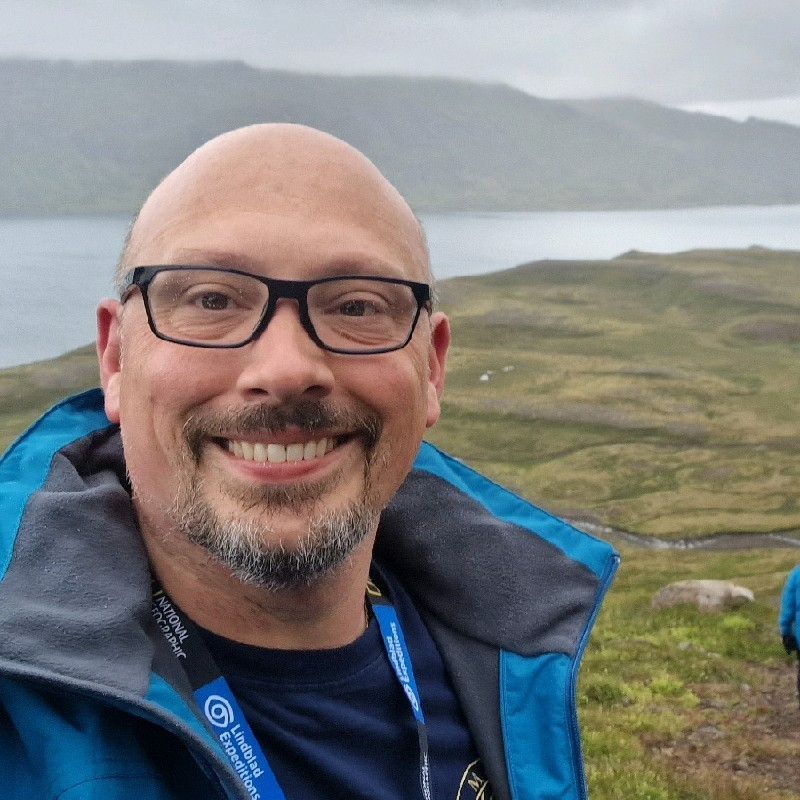
Alex Schultz
“The only constant in marketing is change, and marketers are brilliant at adapting. Agencies, in particular, have not only embraced change, but have also played a vital role in helping businesses tell their stories across emerging platforms. They have been and will remain trusted advisors to help businesses maximize performance and drive ROI.”
Easton agreed with Schultz sentiments and added that the agency ecosystem is important in the future and continues to be a very valued set of partners to Meta.”
“No question AI is going to add some value and efficiencies, but this will increase the importance of agencies and the strategic part they play in the value chain.
“I sat in a meeting recently with agency leaders across Australia and New Zealand (Meta Client Council) and its really impressive to see how they are embracing the opportunity AI provides across all parts of their business.”
Top image: Will Easton and Alex Schultz
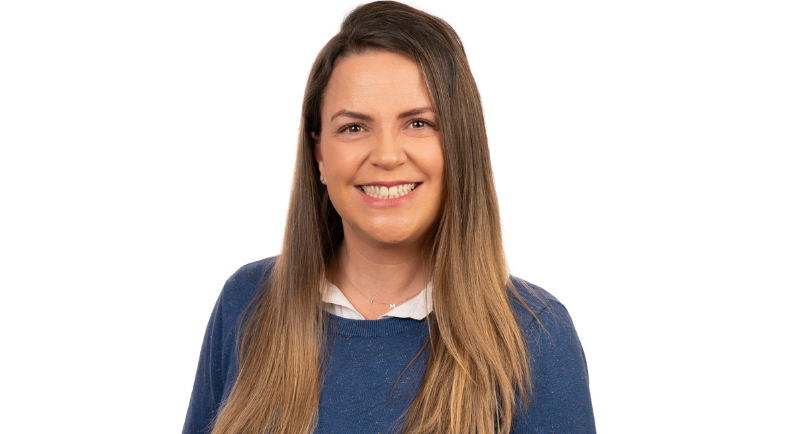
Audience Group appoints Head of Investment
Audience Group has appointed Aimee Gossage as Head of Investment, rounding out its management team, bolstering the agency’s buying edge and locks in a sharper focus on commercial performance across its media operations.
In the newly created role, Gossage will lead the the independent media strategy and advertising services agency‘s media buying function and ensure clients benefit from the agency’s strategic media partnerships and commercial agreements.
Her remit includes forging high-value vendor relationships and leading the trading team to deliver better business outcomes through smarter investment decisions.
Gossage brings more than 15 years of commercial and media experience across the Australian digital advertising landscape. Most recently, she was Sales Director at MiQ, following nearly six years at Quantcast where she led strategic sales and digital transformation initiatives, helping clients navigate programmatic advertising, AI, and cross-vertical campaigns.
Earlier, she held senior leadership roles at REA Group, driving media strategy for major agency clients, and spent time at Network Ten and other leading media businesses, honing her skills in digital trading, commercial partnerships, and strategic planning.
“I’ve never worked agency-side, and I was exploring some interesting ad tech sales opportunities,” said Gossage. “But James and Tom offered something rare: the chance to co-create a role that aligned with their goals and matched my commercial background.”
“I’ve worked with James from the vendor side for a decade, and I’m genuinely humbled to be part of Audience Group’s leadership team for this next phase of growth,” Gossage said. “It’s still early days, but I’m already seeing where I can lean in, support the team, and contribute to the commercial momentum the agency has clearly been building.”
James McDonald, MD, described Gossage as the final piece to Audience Group’s management team puzzle.
“Aimee brings a sharp commercial lens and a fresh perspective on agency investment. She’s got a deep understanding of what media partners want, and how to create win-win deals that benefit our clients. We’re thrilled to have her on board.”
Top image: Aimee Gossage

Hearts & Science names Chief Strategy and Behaviour Change Officer
Peita Pacey has been appointed to the role of Chief Strategy and Behaviour Change Officer at Hearts & Science Australia after eight years at Omnicom Media Group (OMG).
She has spent that past two years as Head of Behaviour Change at OMD Sydney, and previously Head of Strategy, OMD Sydney.
Stanley said: “We’re excited about Peita joining our incredible leadership team and further supporting our agency ambition to bring more Hearts & Science to more brands across Australia. Peita’s considerable experience in behavioural science means she has a passion for understanding consumers as people and a skill in mining data to unlock and accelerate brand growth.
Jane Stanley, CEO of Hearts & Science ANZ, said: “Her experience will add further power to our already established data-driven connections planning process which has resulted in industry leading client satisfaction scores and award-winning work. We are absolutely stoked to have Peita on board and we know she will bring huge benefit to our valued clients.”
Pacey said of her new role: “I am thrilled to be joining a team focusing on balancing ‘heart’ and ‘science’ across marketing and media strategy. It’s absolutely what makes me tick as it delivers game-changing results in brand growth. Hearts & Science works with so many amazing brands and I am excited about getting under the skin of their strategies and customer behaviour.
“Based on my experience across strategy and behavioural science working on categories such as FMCG, government and insurance, I’m excited about driving further impact and performance. It’s an amazing opportunity and I’m super proud to be part of Omnicom Media Group which has been my home for the past 8 years.”
As one of her first duties in the role, Pacey will be rolling out proprietary connections research commissioned in partnership with The Lab, that explores cultural through lines sitting at the heartbeat of Australian culture.
Her appointment is effective immediately and will report into Hearts & Science National Managing Director, Liz Wigmore.
Top image: Peita Pacey
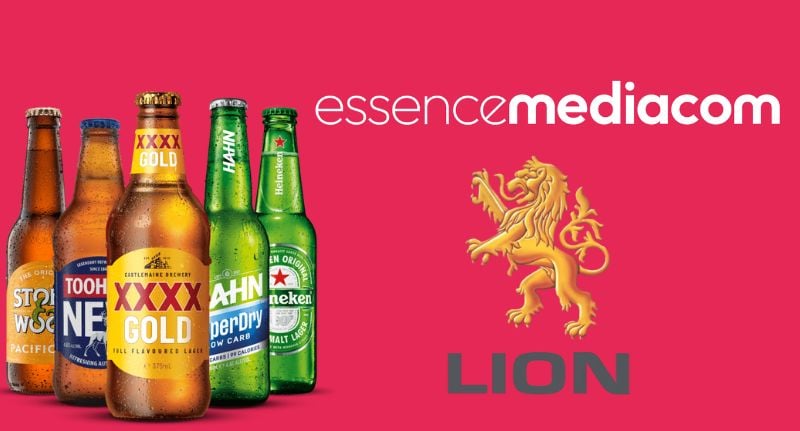
EssenceMediacom secures Lion media account from UM after competitive pitch
EssenceMediacom has emerged as the new media agency for Lion, taking over media planning and buying responsibilities from long-time incumbent UM following a competitive review held in March.
Mediaweek understands the beer and beverage company, home to household brands like XXXX, Hahn, James Squire and Stone & Wood, put the account out for periodic review as part of standard business practice.
While UM, part of IPG Mediabrands, had been widely recognised for strong past work with Lion, WPP’s EssenceMediacom has managed to clinch the account, adding another major name to its client roster.

EssenceMediacom CEO Pippa Berlocher
The agency, under CEO Pippa Berlocher, has had a strong run: retaining the $60 million Queensland Government account in mid-2023, winning Specsavers just two months later, and securing Warner Bros. Discovery’s streaming platform Max earlier this year.
At the time Berlocher said the agency “couldn’t be more excited to partner with Warner Bros. Discovery”.
“WBD content has always been at the cutting edge of culture and we’re looking forward to helping them breakthrough and bring it to life locally in a uniquely Aussie way. From the first interaction of the pitch, we loved working with the team at WBD and had amazing chemistry from the start. We can’t wait to get cracking.”
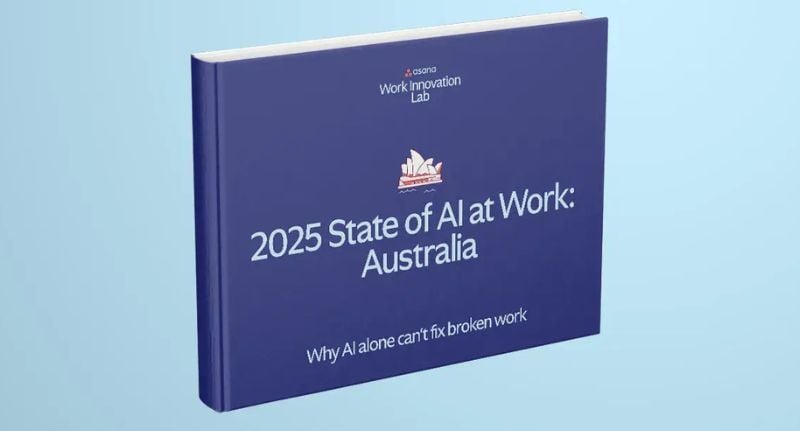
New report shows AI adoption stalling in Australian workplaces alongside rising levels of burnout
A new report from Asana, a work management platform focused on human and AI coordination, reveals that many Australian businesses have stalled in their adoption of artificial intelligence, with significant implications for workplace efficiency and employee wellbeing.
The research, conducted by the Asana Work Innovation Lab, surveyed more than 2,000 workers and found a widening gap between manager and employee use of AI, alongside rising levels of burnout.
AI rollout stalled
According to the data, weekly AI usage among workers has plateaued at 46%, barely shifting from 47% in 2024. Despite growing enthusiasm for AI, organisational uptake remains slow.
Eighty-six per cent of respondents said their organisation is still in the early stages of implementing AI, with just 14% reporting successful integration at scale.
Lindsay Buydos, GM for APAC and Japan at Asana, noted: “While AI excitement is at an all-time high, organisations are struggling to implement it meaningfully. Nearly half of all executives (44%) report outdated work practices.
“Adding AI without a clear strategy introduces further complexity. Business leaders need to take a holistic view—one where AI supports scalable and sustainable process improvement.”

Lindsay Buydos, GM, APAC and Japan at Asana
Burnout
The report highlights that burnout is now at crisis levels in Australian workplaces. A staggering 81% of workers reported experiencing burnout in the past year, with 76% facing unmanageable workloads over the last six months.
Even productivity tools, designed to aid collaboration, are contributing to fatigue, with 80% of workers saying they feel drained by them.
Workers now spend:
• 9 hours per week in unproductive meetings (up from 8 in 2024)
• 9 hours per week learning to use workplace technology (up from 5 in 2024)
• 10 hours per week switching between collaboration tools (up from 6 in 2024)
• 12 hours per week searching for information (up from 9 in 2024)
The company said the inefficiencies represent not just lost productivity but a threat to employee wellbeing and engagement.
‘The Productivity Tax’
The report identifies four core ‘productivity taxes’ that are slowing teams down:
• Connectivity Tax: Siloed teams and duplicated work.
• Velocity Tax: Bottlenecks and slow approvals.
• Resilience Tax: Rigid systems and unclear priorities.
• Capacity Tax: Excessive meetings, tools, and tasks.
Only 25% of workers feel confident in their organisation’s ability to adapt to change, and just 19% say ideas move quickly between teams.
For marketers and advertisers, this signals potential project delays, slower go-to-market execution, and reduced responsiveness in campaign delivery.
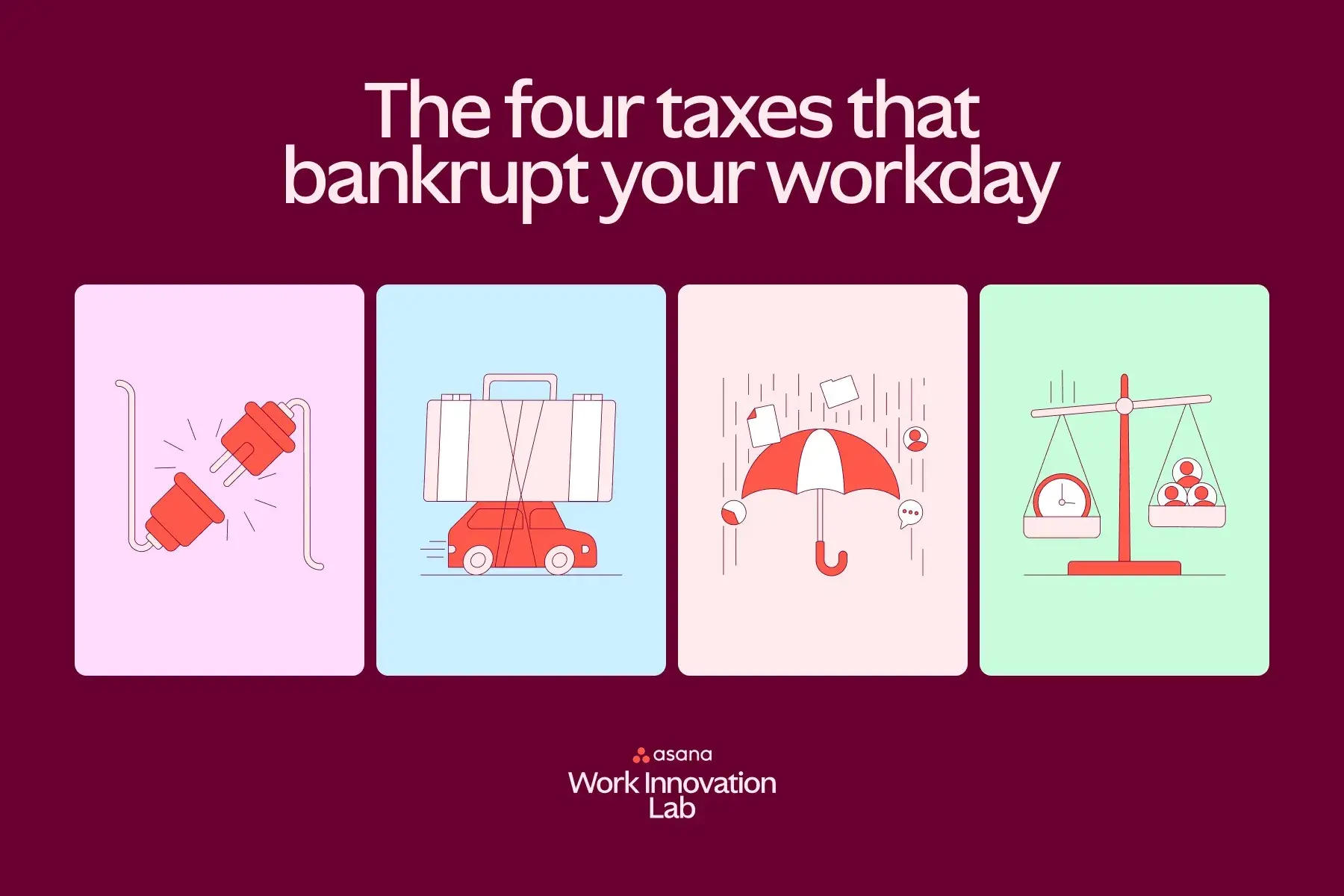
Lessons from ‘AI Scalers’
Asana’s report also identified a subset of high-performing organisations it calls ‘AI scalers’, businesses that have integrated AI across multiple workflows and invested in systems that enable measurement, coordination, and continuous improvement.
Buydos explained: “There’s genuine interest and drive from companies to use AI effectively to improve employee output. The challenge is knowing where and how to start in a way that supports everyday work.”
Recommendations for AI implementation include:
• Building a coordination layer by standardising collaboration tools.
• Redesigning workflows to remove bottlenecks before layering in AI.
• Embedding AI across workflows, not just in isolated tools.
• Reducing low-value work with AI to protect focus time and prevent burnout.
Compared to other organisations, workers at AI scalers are:
• 22% less likely to dread meetings.
• 13% less likely to experience digital exhaustion.
• 12% less likely to report burnout in the past year.
• Allocate 13% more of AI-saved time to strategic thinking.
Buydos added: “AI scalers are improving worker happiness and productivity by fostering better collaboration and making thoughtful, system-wide investments. These organisations are bringing both leadership and teams on the journey by prioritising education and skills development.
“This is about more than just bolting on a new tech tool. It’s a strategic shift, aligning human and AI capabilities to drive better outcomes across the business.”
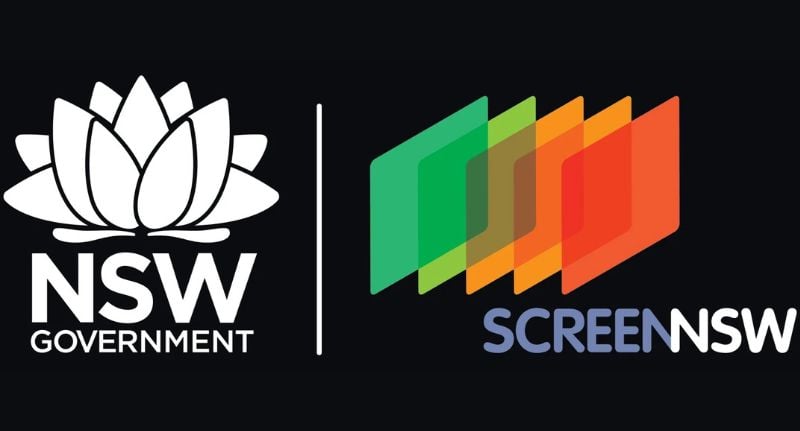
Screen NSW launches new fund as Trump’s ‘100% tariffs’ spook filmmakers
Local stories across New South Wales are poised to break new ground in film, TV, and gaming, thanks to a new $200,000 initiative designed to bring untapped voices to mainstream audiences.
Screen NSW has unveiled the IP in Motion Fund, a targeted program that supports producers in acquiring intellectual property (IP) from creators in under-represented communities. The fund offers up to $5,000 per project to partially or fully reimburse the cost of optioning IP for screen and digital games development.
The initiative is designed to drive more inclusive storytelling and fuel commercial development opportunities across Australia’s screen sector.
Driving inclusion and industry growth
The funding is open to producers working with creators from the Screen NSW Priority Areas: First Nations people, culturally and linguistically diverse communities, people living in Western Sydney and regional NSW, those living with disabilities, and LGBTQIA+ creators.
Kyas Hepworth, Head of Screen NSW, said the initiative strengthens both creative representation and the sustainability of the state’s screen industries.
“The screen and digital games industries are essential to the cultural fabric of NSW. It’s vital that our local stories are shared with the world and that these stories reflect everyone in NSW, including those traditionally under-represented on screen,” she said.
“The fund will also improve the sustainability of the screen and digital games industries by encouraging the adaptation of existing NSW IP and ensuring that these stories reach wider audiences on screen.”
The IP in Motion Fund forms part of the NSW Screen and Digital Games Strategy, a three-year plan launched in October 2024 to grow creative industries nationwide.

A still from the Australian production of ‘The Drover’s Wife’
Tariff threat from US puts Australian sector on edge
The new fund arrives amid international uncertainty, following US President Donald Trump’s announcement of a proposed 100% tariff on foreign film imports. The president declared the move on his social media platform, Truth Social, stating that the American film industry was experiencing a “very fast death.”
“This is a concerted effort by other Nations and, therefore, a National Security threat. It is, in addition to everything else, messaging and propaganda,” Trump posted, though he gave no further detail on how or when the tariff would be implemented.
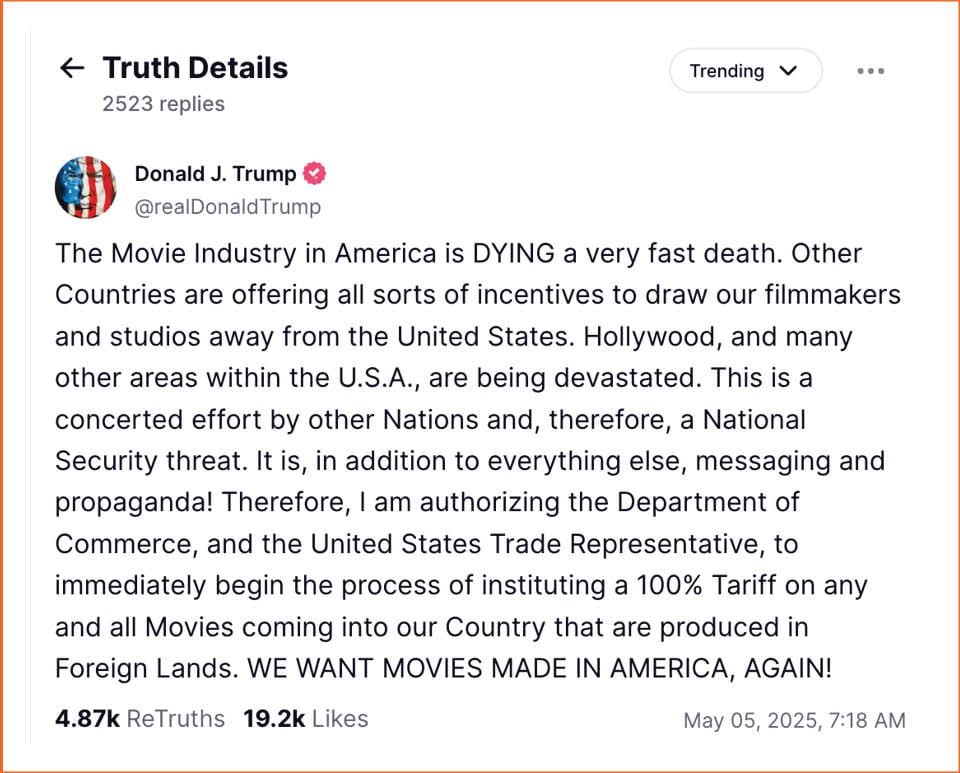
Donald Trump’s film tariffs statement on Truth Social
The announcement came just one day after a meeting between Trump and actor Jon Voight, who was reportedly appointed a “special ambassador” to Hollywood and has been working with streamers, unions, and studios on a plan to bring more production back to the US.
Australian producers voice concern
Australian industry leaders are closely monitoring the situation. Kate Carnell, Chair of Screen Producers Australia, told the ABC that such a tariff could significantly blow Australia’s film and television sector.
“Where Australian producers and American producers work together and there’s employment that is joint employment here in Australia, [that] would potentially go,” Carnell said.
Foreign film and TV production has been a key contributor to Australia’s screen economy, generating $768 million in expenditures in 2023–24.
Generous government incentives, including a 30% federal location offset and a 30% rebate for post-production, digital, and visual effects work, have helped attract big-budget international projects. State governments also contribute additional incentives.
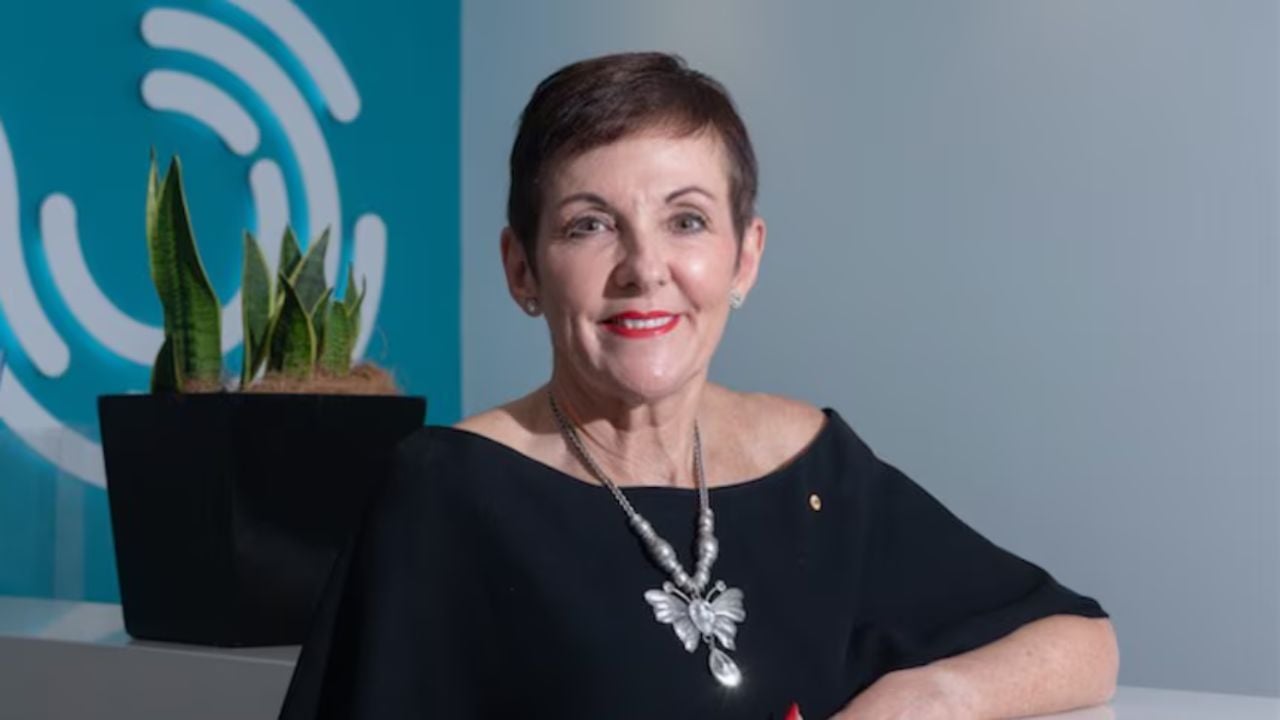
Kate Carnell, Chair of Screen Producers Australia
Federal Government vows to defend local industry
Responding to Trump’s remarks, Federal Arts Minister Tony Burke pledged support for Australia’s creative sector.
“The government will be standing up unequivocally for the rights of the Australian screen industry,” Burke said.
The current environment underscores the importance of long-term planning, diversified funding pipelines, and local IP development for domestic and international stakeholders, which the IP in Motion Fund is set to strengthen.
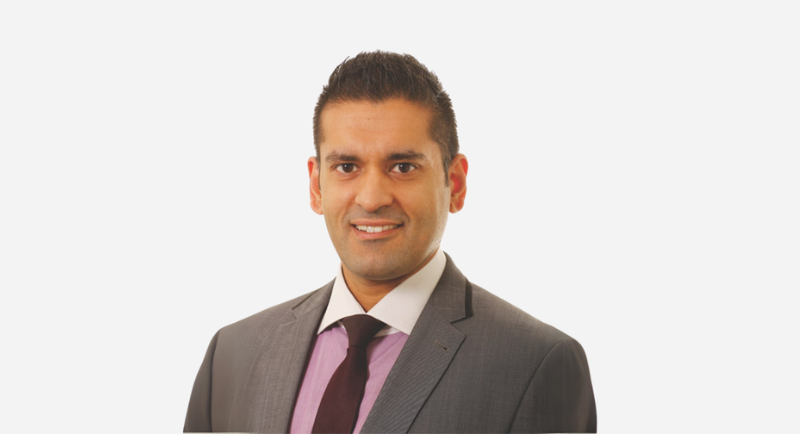
Publicis Sapient appoints former EY executive Gavin Seewooruttun to lead AI and data in Australia
Publicis Sapient has appointed Gavin Seewooruttun to the newly created role of Vice President, Data and AI Lead for Australia, in a move that signals the company’s growing focus on artificial intelligence and data innovation across the region.
Based in Melbourne, Seewooruttun will spearhead efforts to embed AI and data strategies across Publicis Sapient’s client engagements, helping organisations transform customer experiences, unlock new revenue opportunities, and improve operational performance.
The appointment underscores Australia’s strategic importance to the company’s global growth agenda. It also reinforces Publicis Sapient’s broader ambition to integrate AI-driven solutions as a core component of its digital business transformation offering.
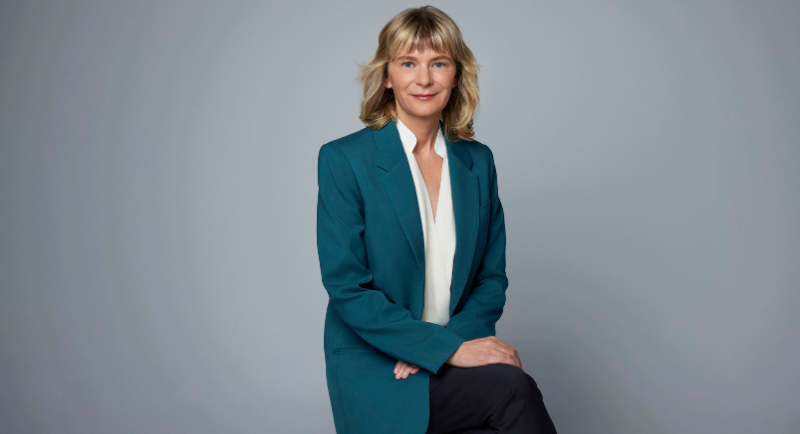
Angela Robinson
“Gavin is an incredibly important addition to our Australian leadership team,” said Angela Robinson, Country Managing Director for Publicis Sapient Australia.
“His appointment reflects the priority we are placing on AI-driven offerings in disrupting the consulting industry to drive more value for our clients. Publicis Sapient has been recognised widely for its global leadership in the development of AI-driven solutions.
“Gavin has proven that he is an innovative and trusted advisor to clients. He is ideally positioned to drive the evolution of our data and AI capabilities and play a key role in accelerating our strategic growth across the region.”
Seewooruttun has spent over 20 years as a trusted advisor to clients at the intersection of technology, innovation and business.
Before joining Publicis Sapient, he served as EY’s Asia-Pacific Consulting Leader for AI and Analytics. During this time, he built one of the largest AI teams in the region, helping shape and execute the AI and data strategies of large financial institutions, government departments, resources companies and retailers.
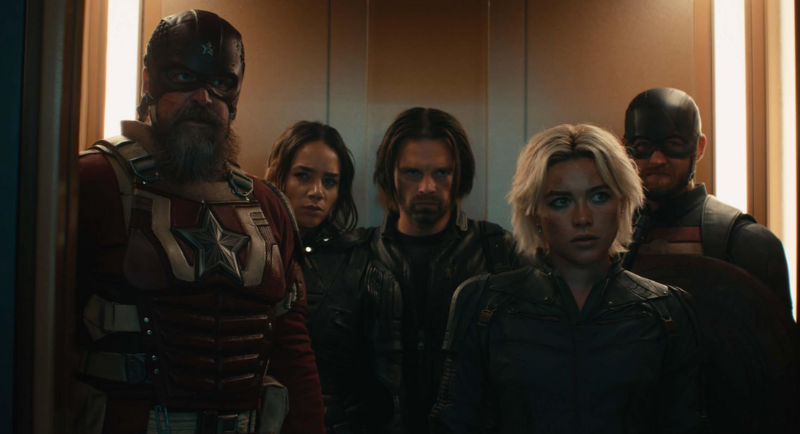
Box Office: Marvel Studio’s Thunderbolts* breaks Minecraft’s streak
This weekend, the top 20 films Australian box office grossed $11,603,848, down -28% from last weekend’s $16,216,579.
Top five
1. Thunderbolts*
Thunderbolts* has claimed the Australian Box Office crown in its debut weekend from juggernaut A Minecraft Movie. The Marvel Cinematic Universe (MCU) film’s debut saw it gross $4,677,375 across 581 cinemas over the weekend.
Synopsis: Directed by Jake Schreier, Marvel brings together a team of antiheroes — Yelena Belova, Bucky Barnes, Red Guardian, Ghost, Taskmaster, and John Walker — on a mission that brings them face to face with parts of their past.
Total Australian Box Office gross to date: $5,266,126
2. Sinners
Sinners climbed up to number two at the box office over the weekend after dropping down to third spot last week. The American Southern Gothic supernatural horror film written made $1,593,310 after screening across 270 cinemas, down -23% this weekend compared to last weekend’s $2,062,211.
Synopsis: Michael B. Jordan stars as twin brothers, Smoke and Stack, former soldiers who bootleg. Set in the deep South in 1932, the twins return to the Mississippi Delta with money and Irish beer to open a juke joint bought from a man and enlist their cousin Sammie to help. However, trouble follows when they face a force beyond the natural world.
Total Australian Box Office gross to date: $6,829,333
3. A Minecraft Movie
Minecraft Movie fever appears to have finally come to an end with its streak upended by the MCU. The film grossed $1,228,517 over the weekend, a -73% drop compared to the $4,617,803 generated in the previous week across 555 cinemas.
Synopsis: Synopsis: A portal pulls four misfits into the Overworld, a land made of cubes shaped by imagination. To return home, they must learn the terrain and complete a quest with a crafter named Steve. The film stars Jason Momoa, Jack Black, Danielle Brooks and Emma Myers and is based on the 2011 video game Minecraft by Mojang Studios.
Total Australian Box Office gross to date: $53,951,161
4. The Accountant 2
The Ben Affleck and Jon Bernthal action/thriller has kept a steady place in the Box Office rankings at number four and making $922,167, representing a -52% from last weekend’s earnings of $1,934,640.
Synopsis: Affleck plays forensic accountant Christian Wolff teams up with his estranged but highly lethal brother Braxton to track down mysterious assassins and dismantle a human trafficking ring.
Total Australian Box Office gross to date: $922,167
5. Tinā
Tinā moved into the top five at the Australian Box Office over the weekend, making $534,883 across 183 cinemas. The film premiered at the Hawaii International Film Festival on 8 October 2024 and was released in cinemas on 27 February 2025.
Synopsis: Tinā follows Samoan teacher Mareta Percival, a substitute teacher coping with the loss of her daughter in the 2011 Christchurch earthquake. She takes a position at a private school and starts a student choir.
Total Australian Box Office gross to date: $1,279,814
Top six to ten
6. Until Dawn
7. Guru Nanak Jahaz
8. Raid 2
9. HIT: The Third Case
10. Dog Man
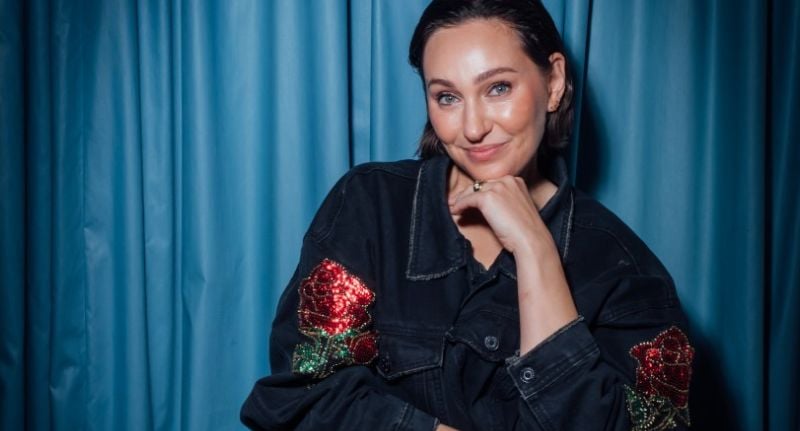
Zoë Foster Blake makes bold business move
Eleven years after launching her cult skincare brand Go-To, Zoë Foster Blake is making another bold business move, this time by switching talent agencies.
The entrepreneur and author has parted ways with Profile Talent Management and joined Venn Talent, an agency that exclusively represents Australian female talent.
Venn Talent was founded by Brigid Grice, who is Managing Director, and Kate Witenden, who serves as Director.
The agency’s client list includes high-profile names such as Anna Meares OAM, Chef de Mission of the Australian Olympic Team Paris 2024, author and four-time World Para Surfing Champion Sam Bloom, and top real estate agent Monika Tu.
In a written statement, Grice said Foster Blake embodies “everything Venn Talent stands for”.
“She is an incredibly talented, trusted, and inspirational woman. She is generous in spirit, humble in her achievements, and a truly decent human being,” Grice added.

Venn Talent’s founder and managing director Brigid Grice
Strategic alignment
Foster Blake said she was “honoured” to join the boutique agency and “sit alongside such brilliant women.”
“Brigid’s vision, to create a best-in-class talent agency championing women across industries, is much needed and, honestly, overdue,” she said.
Beyond skincare, Foster Blake has built a wide-ranging media and publishing career. She is the author of 17 books across fiction, non-fiction and children’s literature.
Her 2014 novel The Wrong Girl was adapted into a network TV series, while her most recent work, Things Will Calm Down Soon, has been optioned for a US television adaptation by Made-Up Stories.
A former beauty editor, Foster Blake launched Go-To in 2014 to offer we she said was clean, effective skincare backed by editorial integrity.
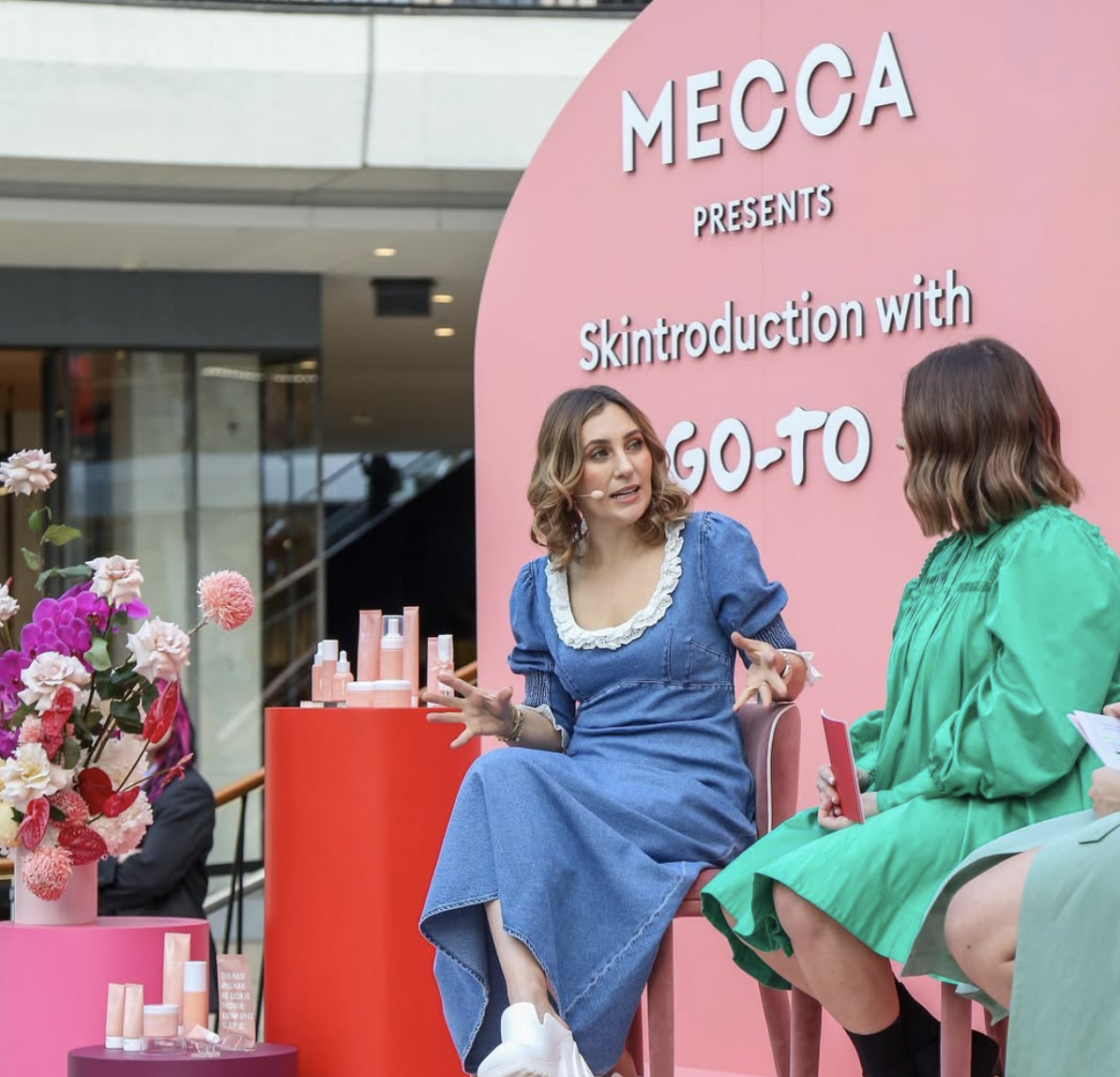
Zoë Foster Blake chatting about her skincare brand Go-To during a Mecca event
From $89 million to $8.5 million
In late 2023, Foster Blake reacquired the controlling 50.1% stake in Go-To from the collapsed BWX Group for just $8.5 million, far below the $89 million BWX paid for it in 2021.
The drawn-out buyback process followed the high-profile collapse of BWX, which had also invested in wellness brands including Flora & Fauna and Sukin.
By regaining control of Go-To at a discounted rate, Foster Blake repositioned herself as not only a hands-on founder, but savvy businesswoman.

Inclusion and kindness are what Australians voted for in droves
Peter Dutton began this Federal Election campaign from a position of apparent strength – and his apparent strength was often touted as a key part of his appeal. While describing him as cruel may be push, he cultivated a hard-nosed if not hard man persona, one where kindness was certainly not a virtue. Lambasting his opponent Anthony Albanese as weak was central to his campaign shtick.
And it seemed to be working. With a mid‑February YouGov model placing the Coalition on 51 per cent two‑party preferred, Liberal strategists were briefing seriously about reclaiming government. Labor’s vote was widely regarded as “soft”, with a deflated Anthony Albanese showing all the wobbliness that risked derailing his 2022 campaign.
But if a week is a long time in politics, the past six have lasted a lifetime for Peter Dutton. The Coalition launch promised “cheap, clean nuclear” but arrived without costings or timeline – but this barely mattered as a monumental working from home u-turn was so spectacular it sucked the air out of every doorstop Dutton did for two weeks. Ill-judged photo ops with his son – and the ensuing weirdness about helping him buy a house – didn’t help matters, nor did verballing the Indonesian president on matters of national security.
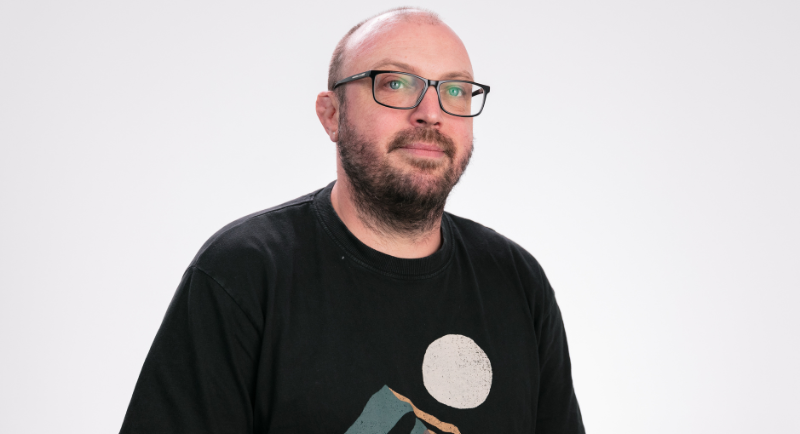
Luke Holland
A home straight embrace of culture wars 101 – decrying Welcome to Country at ANZAC Day ceremonies, railing against “inner‑city elites” and hate media and nodding to social‑media conspiracies – seemed desperate and ill-judged, with the campaign that started out as the most likely next government and ending it like a Trumpet of Patriots tribute band.
And much of the commentary we’ve seen ends here, with a post-mortem of everything that the Liberals and Peter Dutton did wrong – right up to losing his own seat. But it only tells only half the tale.
Running alongside the real-time Liberal train wreck was a Labor campaign so meticulous and rehearsed it seemed downright boring – and for precisely for that reason, devastatingly effective.
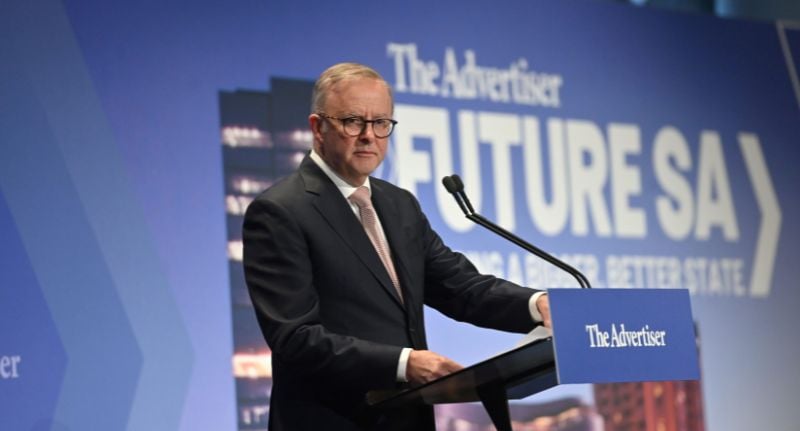
Prime Minister Anthony Albanese.
Anthony Albanese nailed his cost of living colours to the mast on day one, then spent the next 40 days repeating the same three messages: continuing real help for those doing it tough, protecting and boosting Medicare and delivering the policies and the investment to tackle Australia’s housing crises, decades in the making. But was it just this relentless drumbeat of pitch-perfect photos and a meticulously researched on-message ad blitz that saw Labor flip the race to 53‑47 and secure (as of the time of writing) 87 seats?
In a word – no. Because what many observers missed was the campaign’s emotional architecture, largely as it wasn’t aimed at them. It truly came to life in the second leaders debate, when Albanese was asked whether “being too soft” was a flaw. “Kindness isn’t weakness,” he replied. “It’s how I was raised, and how I’ll govern.” The applause that followed was real – a connection had been made, on national television, and from the heart.
And kindness of any sort was in short supply in a Liberal campaign where Peter Dutton spoke to an Australia that no longer exists, with grievances confected and differences artificially accentuated. Albanese campaigned for the Australia of today, in its indisputable diversity. Voters chose the latter in a landslide and, in doing so, made kindness fashionable again.
For communicators and advertisers the lesson is unambiguous. Messages that reflect today’s Australia cut through and connect; those that speak to an artificial recreation of an Australia of many years ago are doomed to fail. Giving everyone a fair go has always been the right thing to do. Saturday’s election – and the campaigns that defined it – showed beyond doubt that it is also the smartest strategy.
Election 2025
Palmer’s Trump-style party flops at the polls
As Samuel Hussey writes in Forbes Australia, The Trumpet of Patriots party failed to win a single seat in the 2025 federal election, despite a multi-million-dollar ad campaign and a flurry of controversial text messages that spammed inboxes nationwide.
The party pulled in just 1.85% of the national vote, despite Palmer sinking $60 million into the campaign.
Legal
Seven accuses ex-producer of leaking out of spite
As Amanda Meade writes in The Guardian Australia, the allegations were made according to fresh court filings defending a lawsuit Auerbach launched earlier this year.
Auerbach alleges Seven defamed him in media statements after he gave evidence in the 2024 Bruce Lehrmann defamation trial.
Television
Newsmax Australia bid collapses as Seven snaps up regional TV assets
According to James Harrison who writes on Sky News Australia, the snafu occurred after Seven West Media snapped up the regional TV licences owned by Southern Cross Austereo.
The owner of Newsmax, Australian Digital Holdings, had previously announced a deal in February to acquire those licences.
Business
Wesfarmers targets $300m for Bunnings Warehouse portfolio
As Ben Wilmot writes in The Australian, the off-market sale aims to attract investors beyond the usual property circles.
The warehouses are being promoted as “critical last mile infrastructure,” a strategic asset for retail, according to sales documents.
Tech
Meta AI: Mark Zuckerberg’s latest privacy invasion
In this opinion piece for The Sydney Morning Herald, Geoffrey A. Fowler, launched last week, the app shot to No. 2 on the iPhone charts, promising a “personalised” AI experience.
Meta AI taps into years of personal data from Facebook and Instagram to personalise interactions.
Social media
Journalist Niki Savva fights back against fake social media account
The account, which has over 6,000 followers, has been posting off-brand content, including endorsements like “My endorsement goes to the gorgeous and charismatic Tim Wilson,” causing confusion.
As Stephen Brook and Kishor Napier-Raman write in The Age, despite being verified by X in March, the account is not run by Savva, who has made it clear she has no interest in social media.
How YouTube pushed its exemption from the social media age ban
According to Sam Buckingham-Jones who writes in The Australian Financial Review, emails obtained through a freedom of information request, Google’s public policy staff made the case that YouTube operates “fundamentally differently” from other social media platforms, justifying its carve-out from the ban.
Film
Wesley Enoch honours Hector Crawford’s legacy at Screen Forever
As David Knox writes on TV Tonight, reflecting on Crawford’s impact, Enoch emphasised the importance of telling Australian stories, not just for entertainment, but as a cultural foundation.
Enoch highlighted how Crawford’s work in shows like Homicide and The Sullivans helped define what Australian identity looked like on screen.
